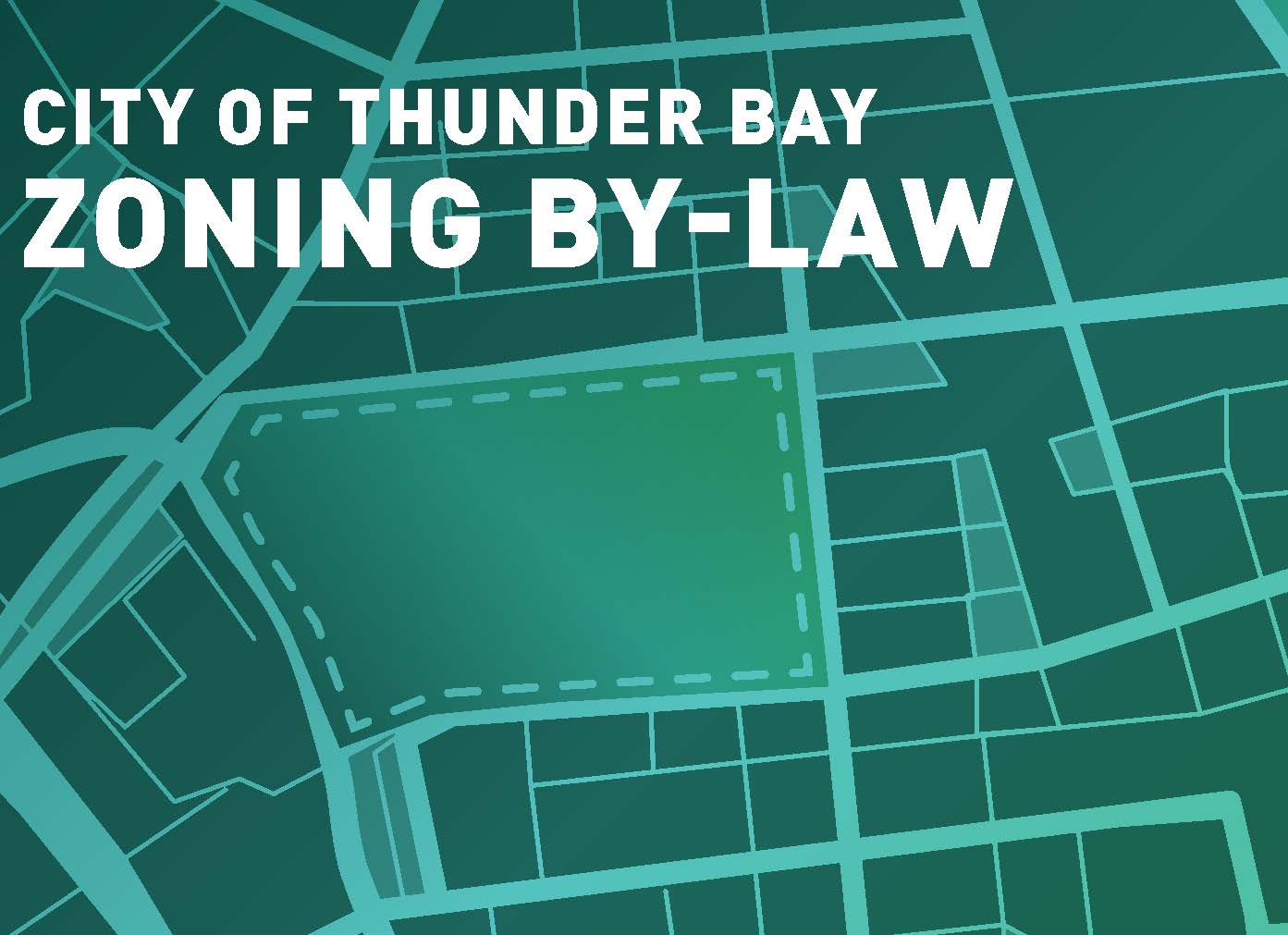The City of Thunder Bay was awarded $20.7 million to fund the eight transformational initiatives outlined in the Housing Accelerator Fund Action Plan designed to increase the supply of housing:
|
Multi-Unit & Affordable Housing Incentive |
|
Currently, affordable units are not developed fast enough to meet demand. Creation of an Affordable Housing Incentive Program will provide grants to bost affordable housing in target locations in Thunder Bay. Part of the strategy also includes the sale of city-owned surplus lands for the purpose of affordable housing, as well as an incentive for maximizing residential unit density up to the allowable limits in the zone that is intended to encourage developers to add additional units to planned developments. Learn more about the Affordable Rental Housing Funding Program |
| Encouraging Additional Dwelling Units |
|

What is an Additional Dwelling Unit (ADU)?An Additional Dwelling Unit generally describes adding another separate living space to the home you already have. They can be built inside the house, onto the house, or in the yard. Depending on the size of your lot, an ADU is allowed in most urban residential neighbourhoods. |
| Affordable Housing Navigator |
|
The Navigator is responsible for providing guidance to these or similar organizations, including neighbouring First Nations and urban Indigenous organizations, who are involved with supportive housing, transitional housing and other models of housing needed to meet identified needs in Thunder Bay. The Navigator is also responsible for identifying zoning by-law and policy amendments to further create systemic change in support of affordable housing. |
| Vacant Commercial Development |
|
The bylaw changes will encourage development of infill housing which is anticipated to be more sustainable than alternative forms of growth. This will reduce the financial burden of site servicing costs for the city in the long-term. The introduction of residential units in commercial areas will encourage urban renewal, especially in the core areas, and contribute to the creation of complete communities. |
| Core Areas Community Improvement Plan (CIP) |
|
Construction Assistance Grant ProgramThis program is available for eligible projects within the city's Strategic Core Areas. It is a stand-alone grant stream funded by the Housing Accelerator Fund designed to stimulate the development of new residential units within the city's strategic core areas.
|
| Secondary Planning & Infrastructure Planning in Support of Housing Strategy |
|
The strategy identifies potential infill areas with barriers to residential development due to fragmented property ownership and incremental property development. The initiative would aim to resolve a legacy of insufficient coordination of these lands so that land ownership can be consolidated, providing for a more efficient building process. Through this initiative, the City will undertake secondary planning for the areas with the highest potential for housing within the established urban infill areas. |
| Vacant Industrial Land Assessment & Conversion Program |
|
A 2020 Land Study identified 406 vacant, undeveloped properties that are currently designated for industrial use. Among these sites are a collective 42 hectares of properties individually measuring less than 0.5 hectares in size. The Study suggests these properties are limited in their potential for industrial development due to size. This initiative will target these properties for residential infill instead. Working with an environmental engineer to identify the best candidates, the City would systematically assess land for compatibility with residential use. Priority will be given to land that is city-owned, serviced, and with little-to-no remediation required. This will achieve faster processing times and ultimately bring more units online in the short-term. Properties deemed incompatible with residential use will be earmarked for land assembly, increasing their viability for industrial development while alleviating pressure on residential land within the settlement area. |
| Archaeological Management Plan |
|
The City, in partnership with Lakehead University and Fort William First Nation, has undertaken a Heritage Inventory (a city-wide study) of land with the aim to verify and correct the inventory of known sites. This study was completed in August 2023, laying the groundwork for an Archaeological Management Plan. An Archaeological Management Plan is a locally created plan that supports goals and directions of provincial planning documents, streamlines the planning and development and review process, and provides clear direction and a local lens for when Archaeological Assessments will be required. This plan will remove the financial uncertainty and time burden from the developer, accelerating the growth of housing by reducing the process requirements associated with development. |
Contact Us






 This initiative aims to accelerate development of Additional Dwelling Units (ADUs), including backyard homes, within the city's Urban Low-rise Zone. It will also offer grants for the construction of ADUs. To accelerate the development process, pre-approved ADU "templates" will be made available for free-standing units.
This initiative aims to accelerate development of Additional Dwelling Units (ADUs), including backyard homes, within the city's Urban Low-rise Zone. It will also offer grants for the construction of ADUs. To accelerate the development process, pre-approved ADU "templates" will be made available for free-standing units.  Review and amend the
Review and amend the  The City of Thunder Bay's
The City of Thunder Bay's 
 Currently, developers are responsible for undertaking a Stage 1 Archaeological Assessment on properties meeting a criteria established by the province. This criterion is so broad that it encompasses 76% of lands within the municipal boundary.
Currently, developers are responsible for undertaking a Stage 1 Archaeological Assessment on properties meeting a criteria established by the province. This criterion is so broad that it encompasses 76% of lands within the municipal boundary.
